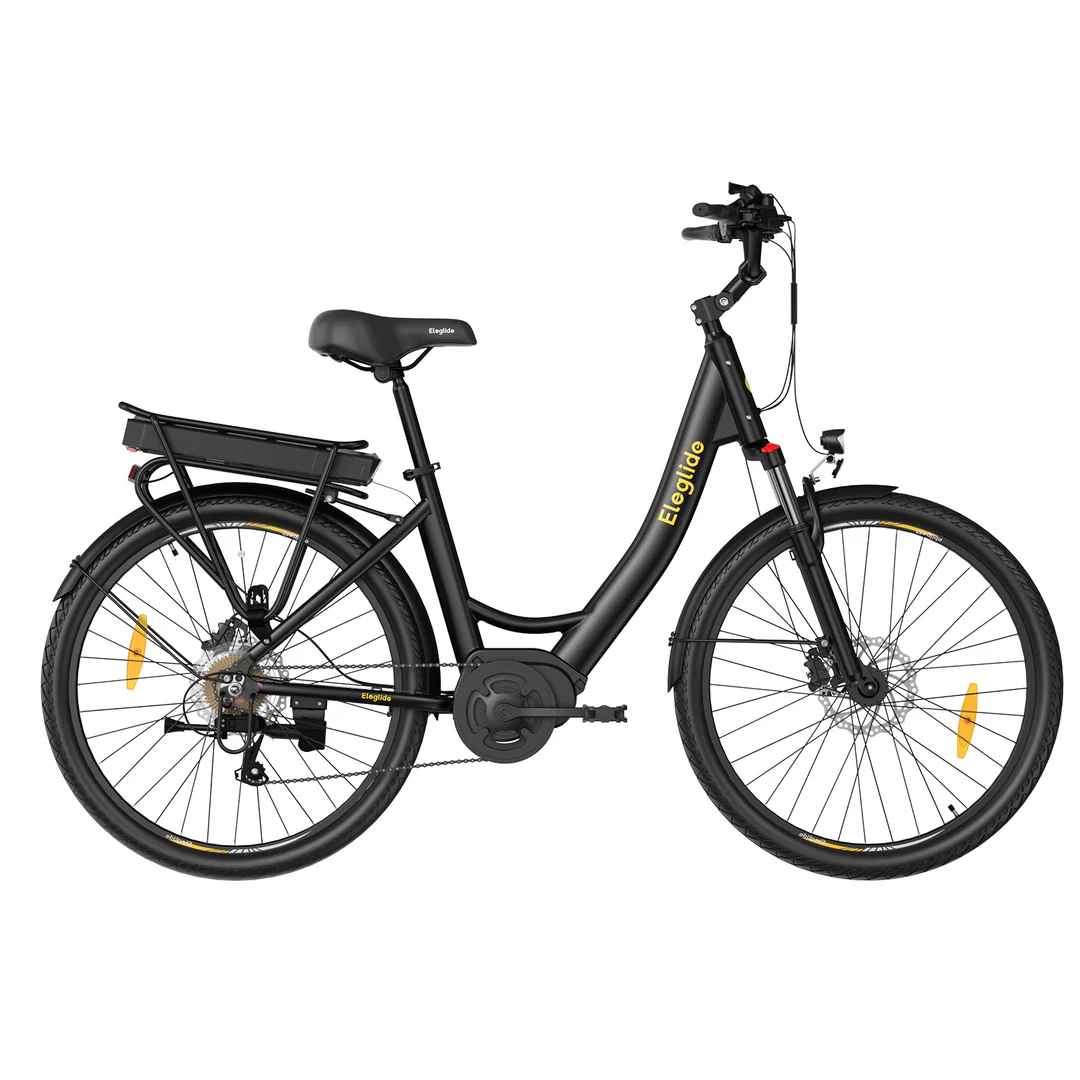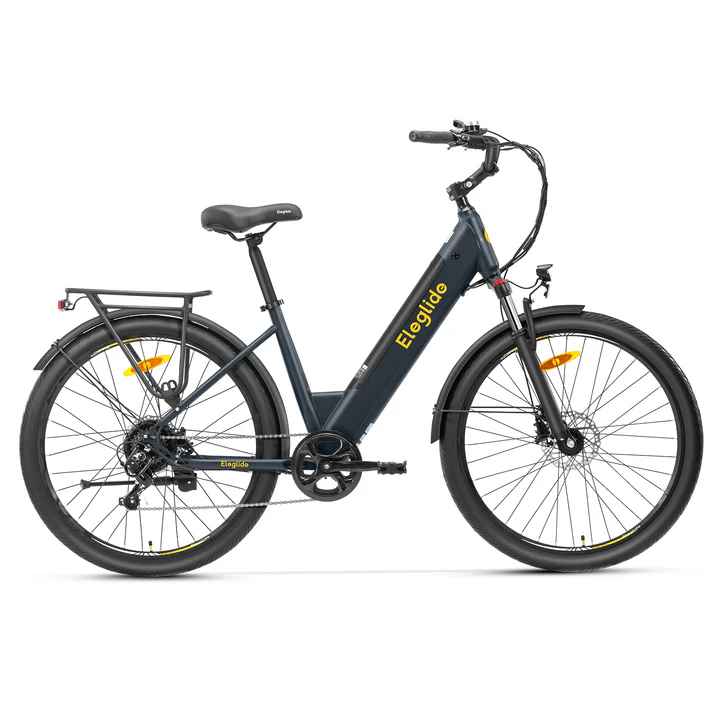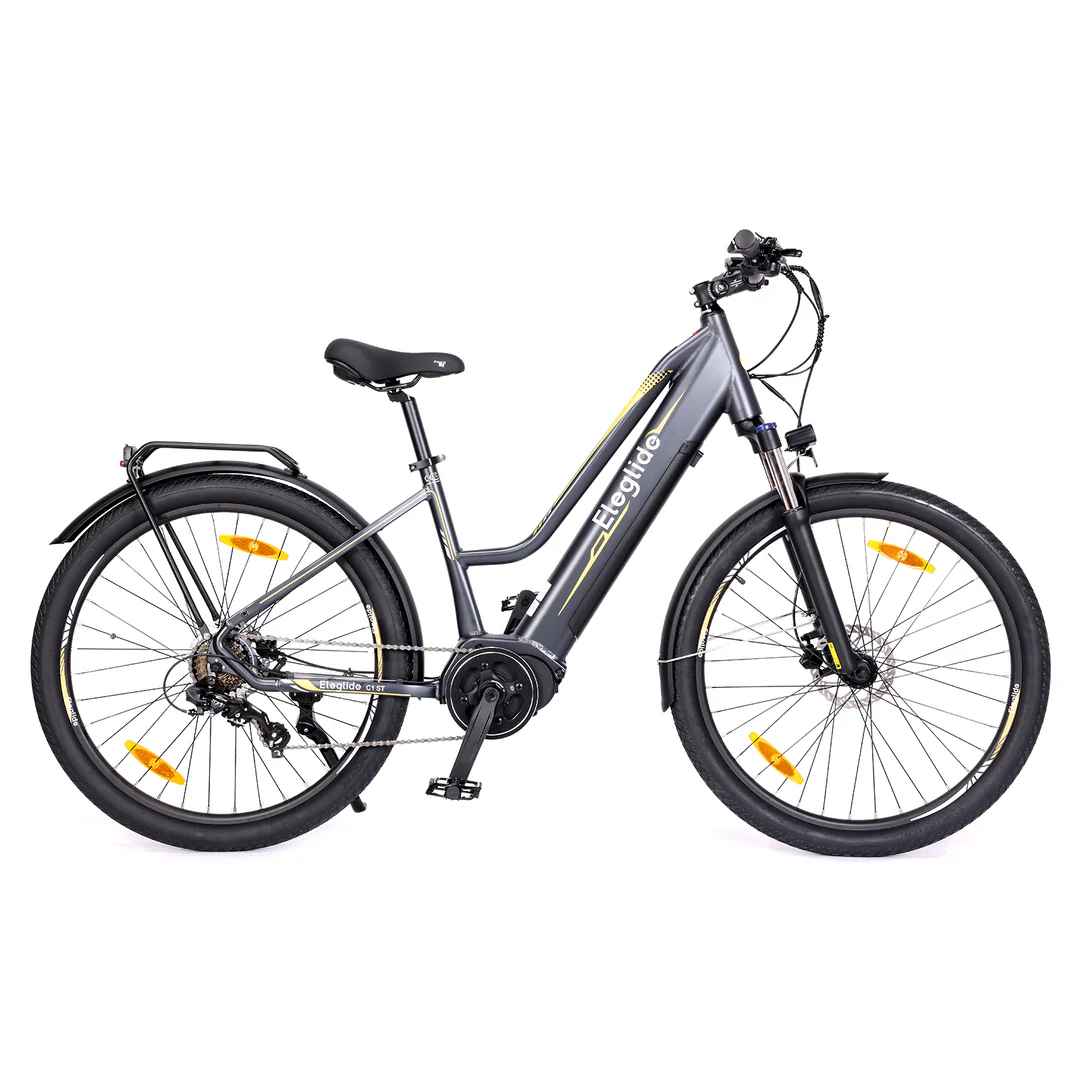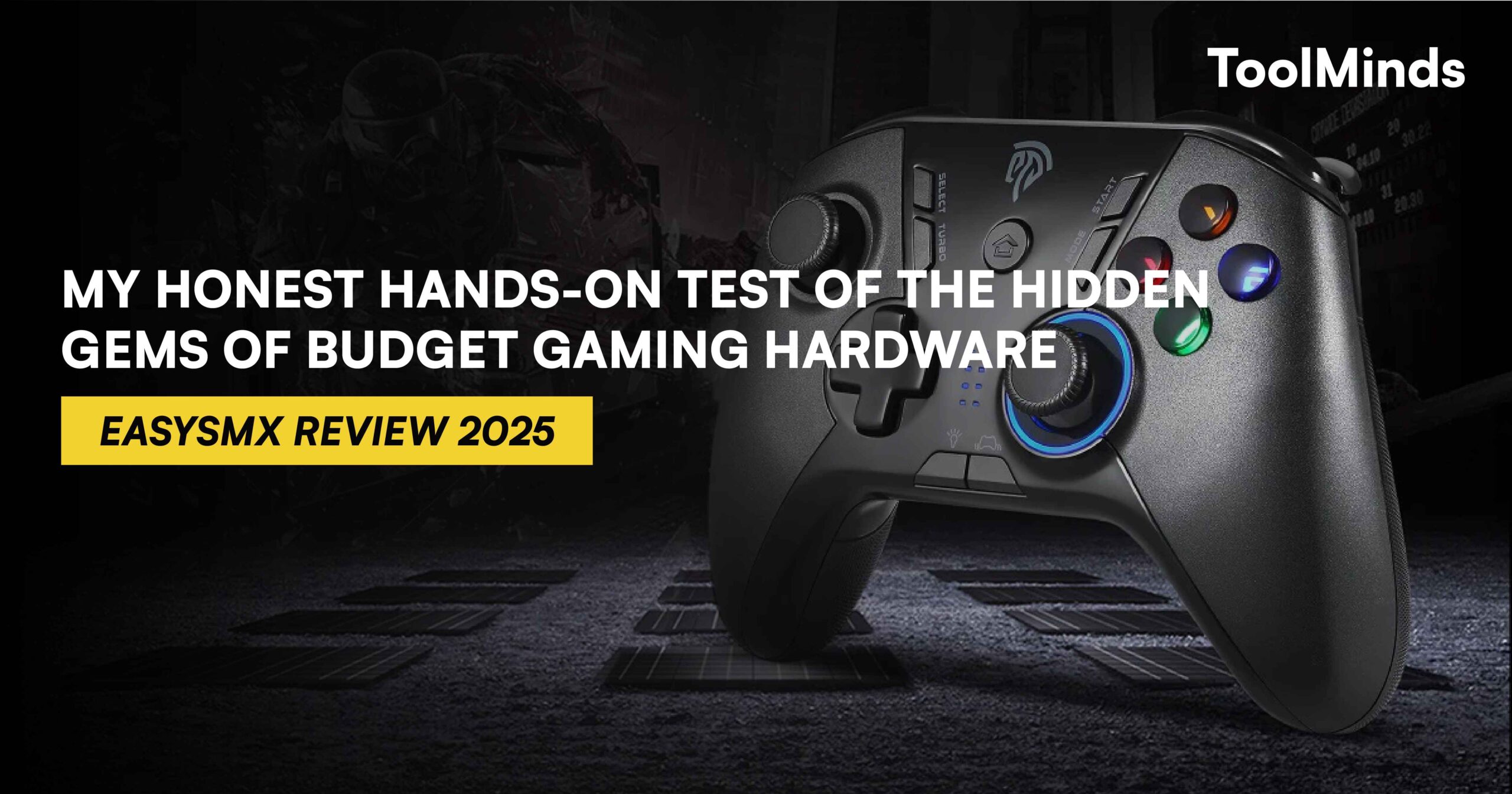If you’re looking for electric bikes that pack real value, style, and usability, Eleglide has become one of those brands that quietly delivers. Over the past few weeks, I’ve had hands-on time with several of their most popular e-bike models, testing them on city commutes, light trails, and everything in between. In this review, I’ll walk you through five standout Eleglide bikes, what makes them special, and what you should watch out for if you’re considering them for your next ride.
Below are detailed impressions of five Eleglide models, including what works well, what could be better, and who I think each is best suited for.
1. Eleglide C2 (Electric City Bike)
What I liked:
- The mid-drive motor with torque sensor is a highlight. It provides a more natural feel, especially when climbing hills or accelerating from stops — you don’t get that “moped-like” lag that some hub motors suffer from.
- Decent battery capacity (468 Wh) with a practical range (up to ~100 km in eco or PAS mode on flat roads).
- Good hydraulic disc brakes and adjustable components make it more comfortable and safer for urban riding.
- The removable battery is very convenient for charging in apartments or workplaces.
What could be better:
- At around 27 kg, the bike is on the heavier side for urban use, especially if you need to carry it upstairs or store it in tight spaces.
- No suspension at the rear, so potholes or rough roads still transmit shocks.
- Charging time is non-trivial (~6.5 hours); so you’ll need to plan ahead if you ride daily.
Who should consider the C2:
Commuters who want a well-balanced urban e-bike that feels more “bike than scooter,” but with enough muscle to handle steep streets without too much effort.

2. Eleglide T1 Step-Thru (T1 ST)
What I liked:
- The step-through design makes mounting/dismounting very easy, especially for riders who want more convenience or have mobility concerns.
- Good range (~100 km in assist mode.
- The front suspension with lockout is quite useful — you can lock it on smooth roads for efficiency and unlock for rougher paths.
- Generous features like Shimano 7-speed gearing, pedal assist levels, and smart LCD/app control.
What could be better:
- The max speed cutoff and power are standard; not exceptional for more demanding riders.
- Heavier than non-electric city bikes, so pushing it around (e.g., in tight storage) is cumbersome.
- The design is more commuting/trekking-focused, not optimized for aggressive off-road or trail use.
Who should consider the T1 ST:
City riders who want comfort, ease, and practical features, especially those who value step-through geometry and need a reliable daily commuter.
3. Eleglide T2 (Electric Trekking Bike)
What I liked:
- The T2 is set up for longer rides and slightly more robust use than purely urban bikes. Eleglide highlights it as a trekking model with good comfort and versatility.
- It maintains a solid battery, decent assist, and enough gearing to make hills manageable while keeping road performance smooth.
- Stronger frame and design aimed at capable, stable rides even when loaded for touring.
What could be better:
- More expensive and heavier due to its trekking features, so less ideal for strictly short-distance city commuters.
- Less nimble in traffic, and possibly less efficient in stop-and-go city conditions compared to lighter city e-bikes.
Who should consider the T2:
Riders who want a bike that can handle commuting, weekend touring, and possibly carrying gear — essentially a versatile all-rounder.

4. Eleglide Mopride 3 (Electric Mountain Bike)
What I liked:
- Good motor and battery combo (250 W, 576 Wh) that enables long-range rides, including off-road terrain.
- Hydraulic disc brakes offer strong stopping power, important when descending or riding rough tracks.
- Suspension with lockout is a big plus — you can lock it for efficiency, unlock for comfort on trails.
- Rider feedback and independent spec sources suggest that it handles well, giving a smooth experience in mixed terrain.
What could be better:
- On-road performance isn’t perfect — the MTB design means less aerodynamic efficiency and more rolling resistance.
- Heavy, due to robust frame and larger battery. Not ideal for short-trip city usage if you have to carry or store the bike often.
- Battery and components wear faster when used off-road; maintenance costs are higher.
Who should consider the Mopride 3:
Outdoor enthusiasts and recreational riders who want an affordable MTB option that still handles commuting and trail riding decently well.
5. Eleglide C1 ST / C1 (Electric Trekking / Commuting Hybrid)
What I liked:
- Eleglide markets the C1 and C1 ST as powerful mid-drive motor e-bikes with more range and stronger performance for commuters and hybrid users.
- Long-range capability (advertised up to ~150 km under favorable conditions) makes them appealing for serious commuters and longer city-edge exploration.
- Step-through version (C1 ST) adds ease of access without sacrificing too much in performance. Good versatility for mixed riders.
What could be better:
- Probably more expensive and bulkier due to the powerful motor and battery.
- Less agile in tight traffic compared to lighter city e-bikes; more effort needed for frequent stops.
- The advertised “powerful mid-drive motor” sounds promising, but real-world climbing and torque handling in busy, steep urban settings needs more independent testing.
Who should consider C1 / C1 ST:
Commuters who travel longer distances, want solid performance in hills, need a robust solution for daily use, and are okay with a heavier, more feature-rich e-bike.

Final Thoughts & Recommendations
Eleglide offers a compelling range of e-bikes that combine solid engineering, reasonable pricing, and useful features. Here are a few overall takeaways from my time riding them:
- Good balance of features vs price: Many Eleglide bikes hit a sweet spot — not ultra-premium, but very capable for typical daily use.
- Mid-drive and torque sensing (on C2 etc.) is a plus; it changes the riding experience, especially on hills and in varied conditions.
- Battery life and real range are strong enough for most users, though real-world factors (rider weight, terrain, assist mode) always reduce “advertised” distance.
- Maintenance and support: Some users online report issues with spare parts availability or long-term support. Be sure to check for local service options before purchasing. (As found in forums/reddit comments.)
- Choose based on primary use: If mostly city, pick lighter and more agile models; for touring/off-road, go for the more rugged ones (Mopride or trekking).



